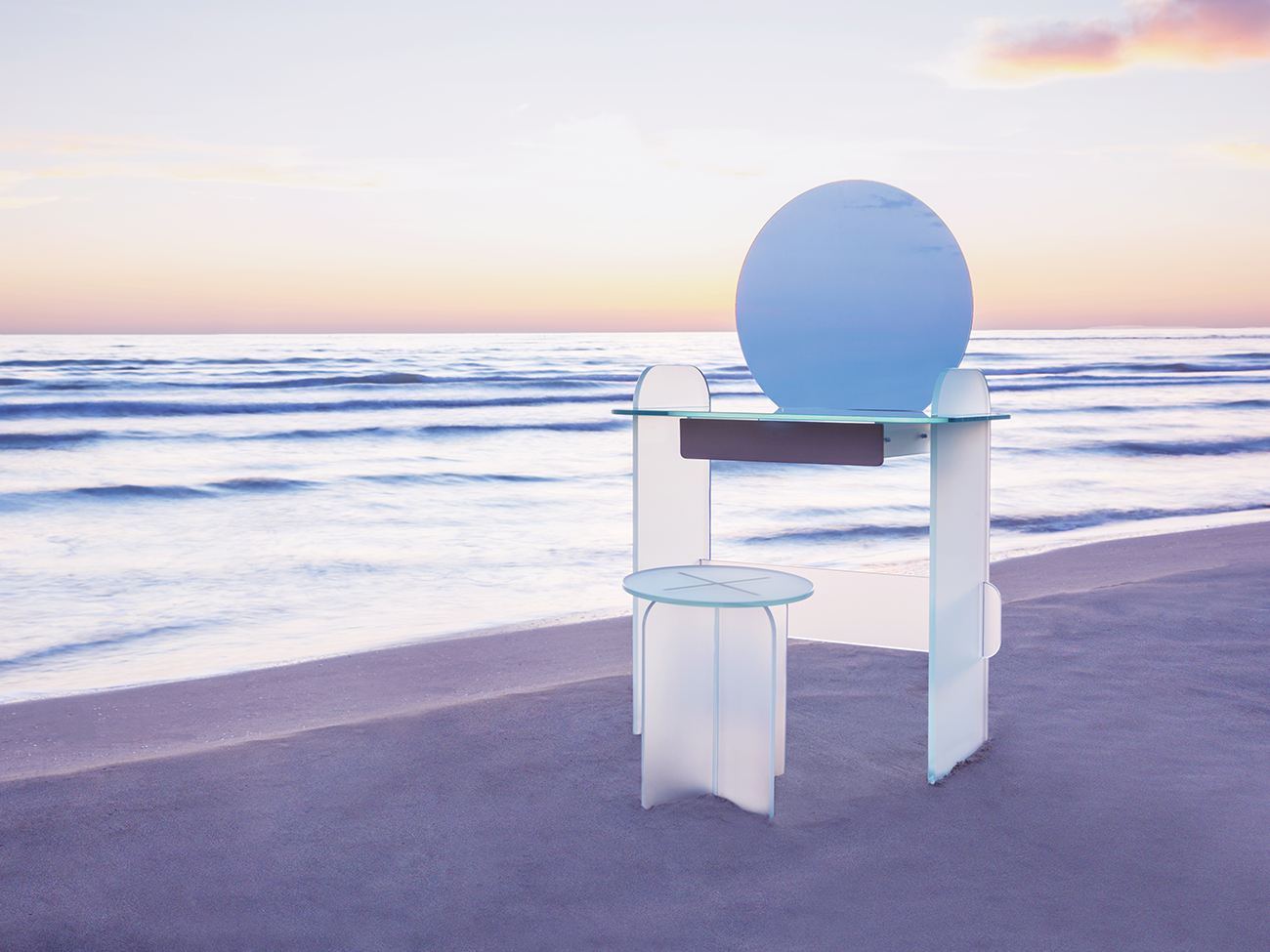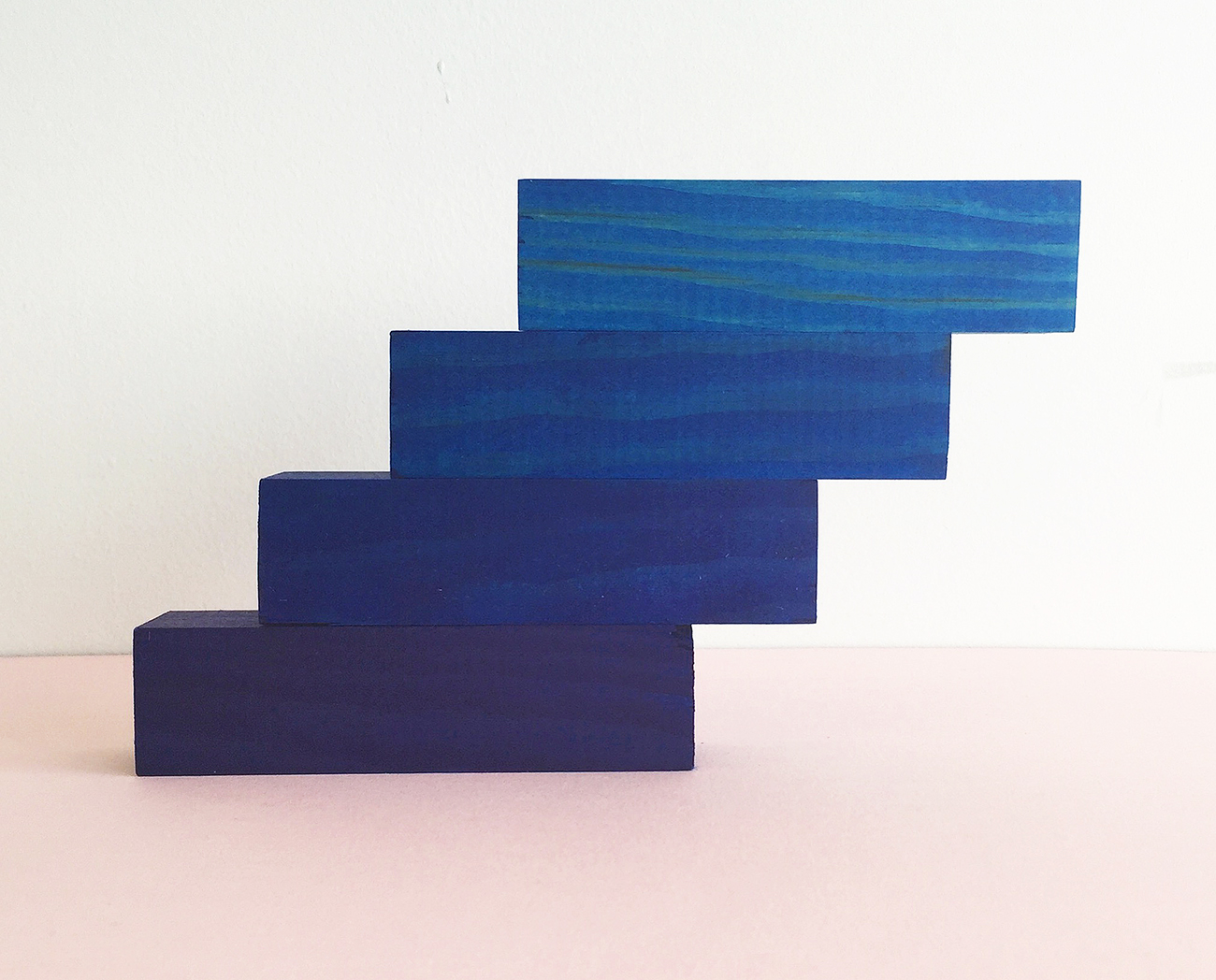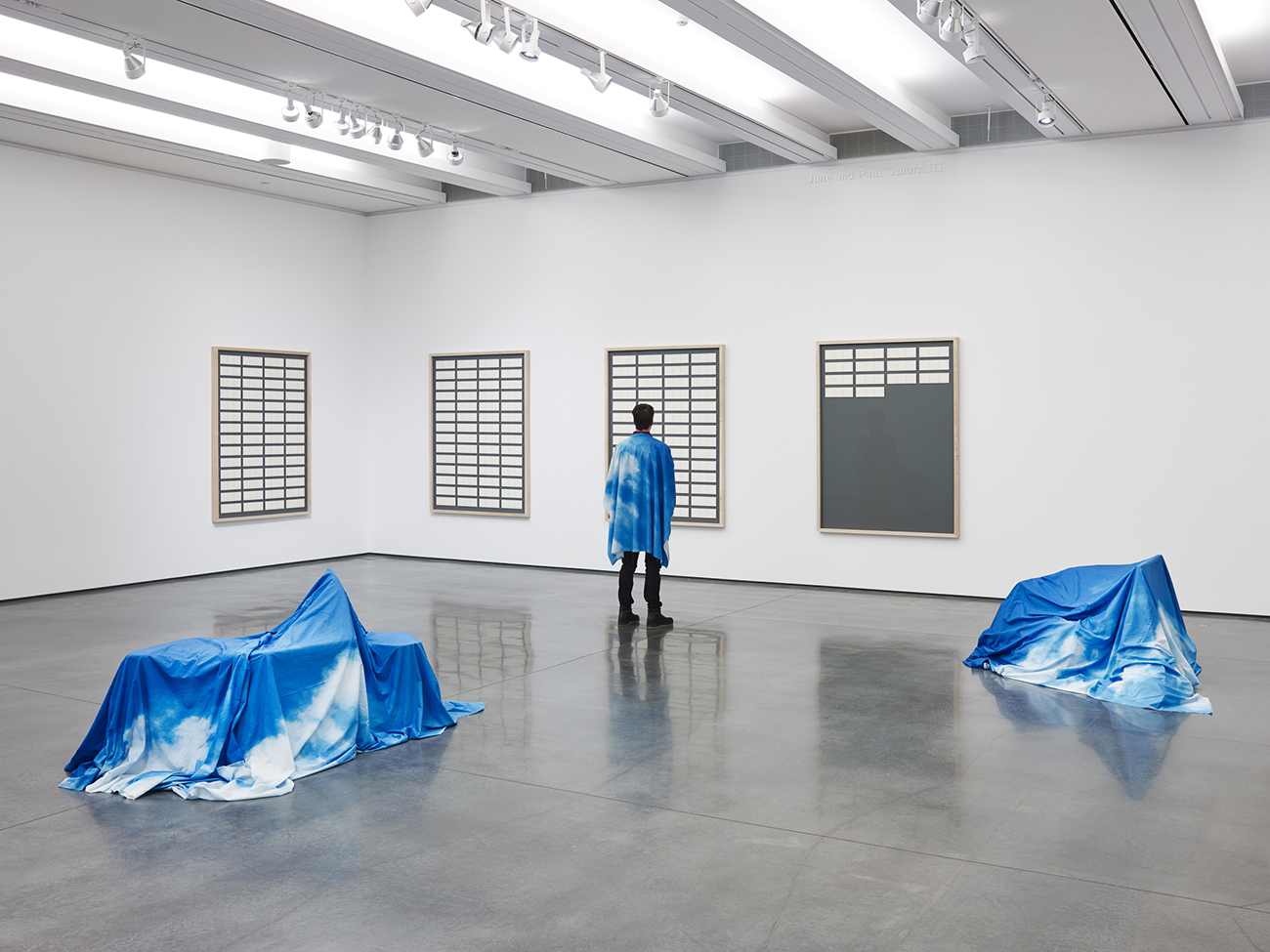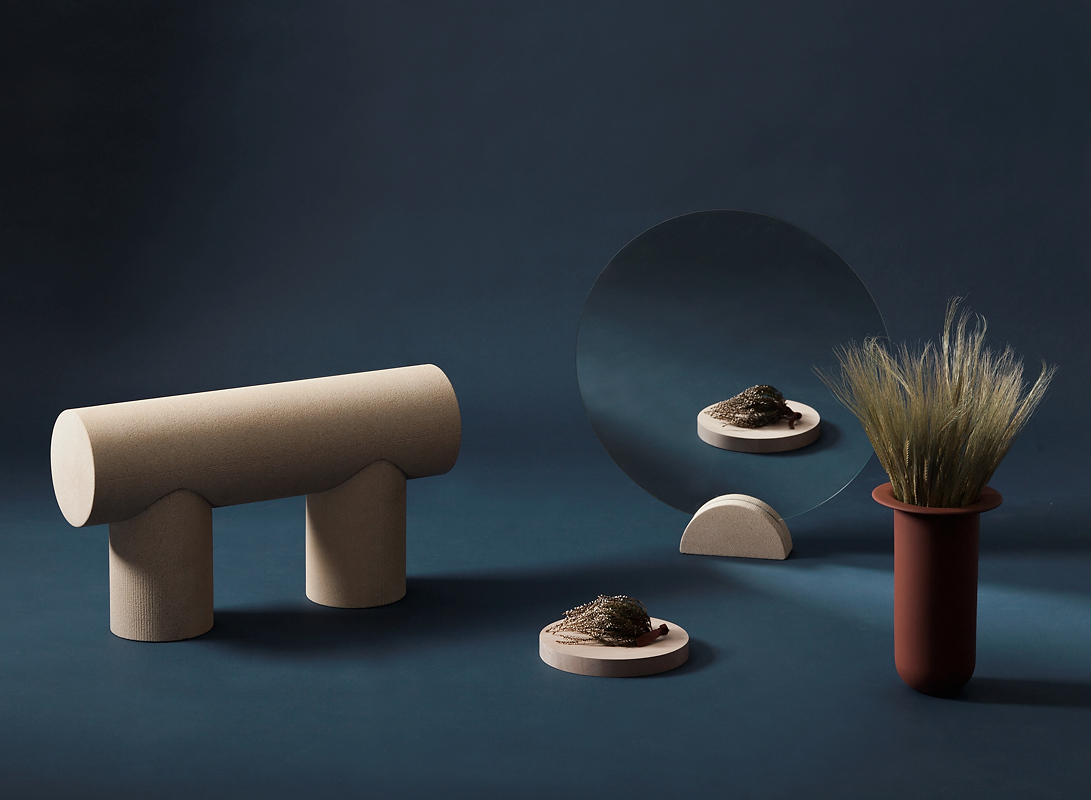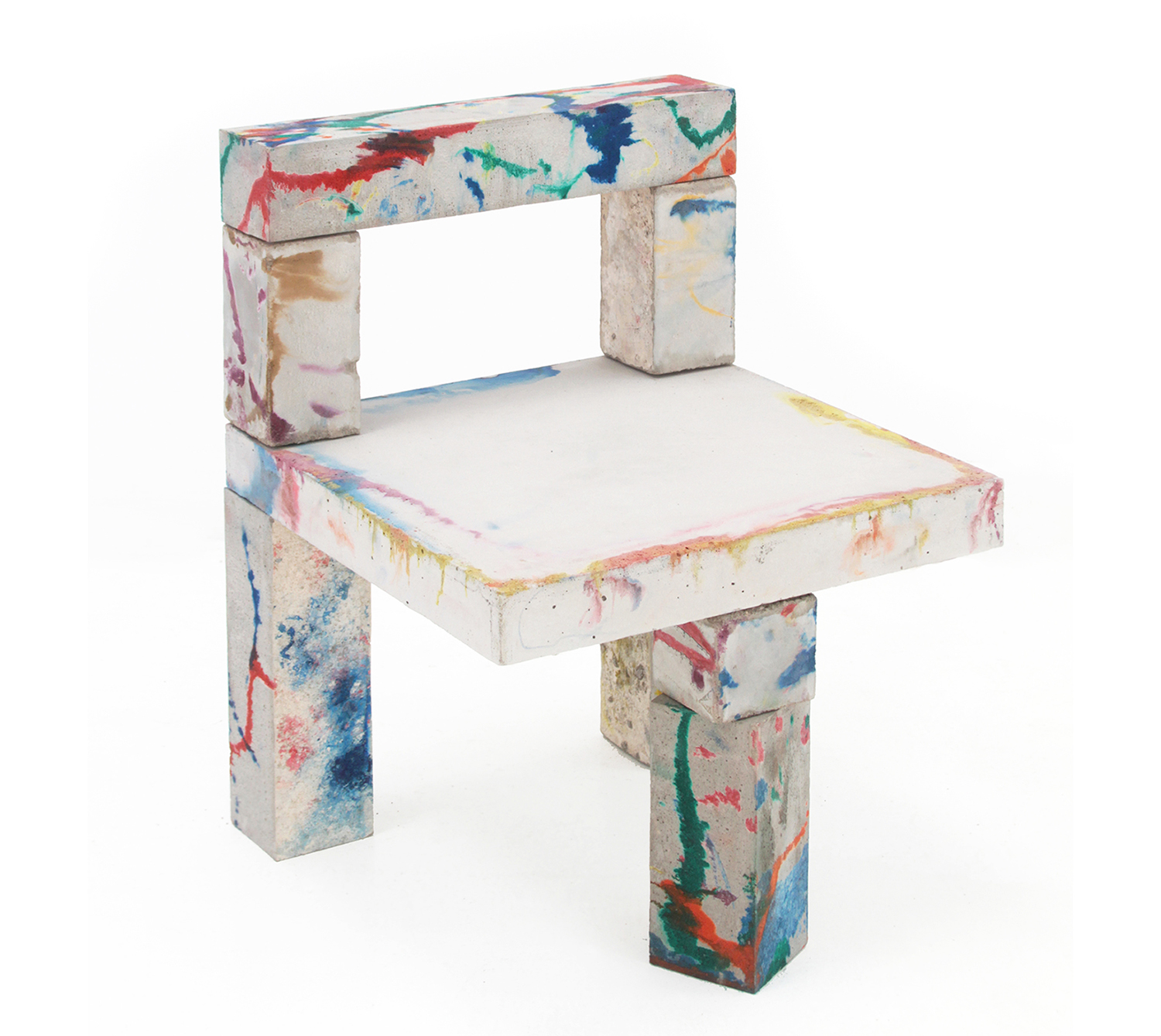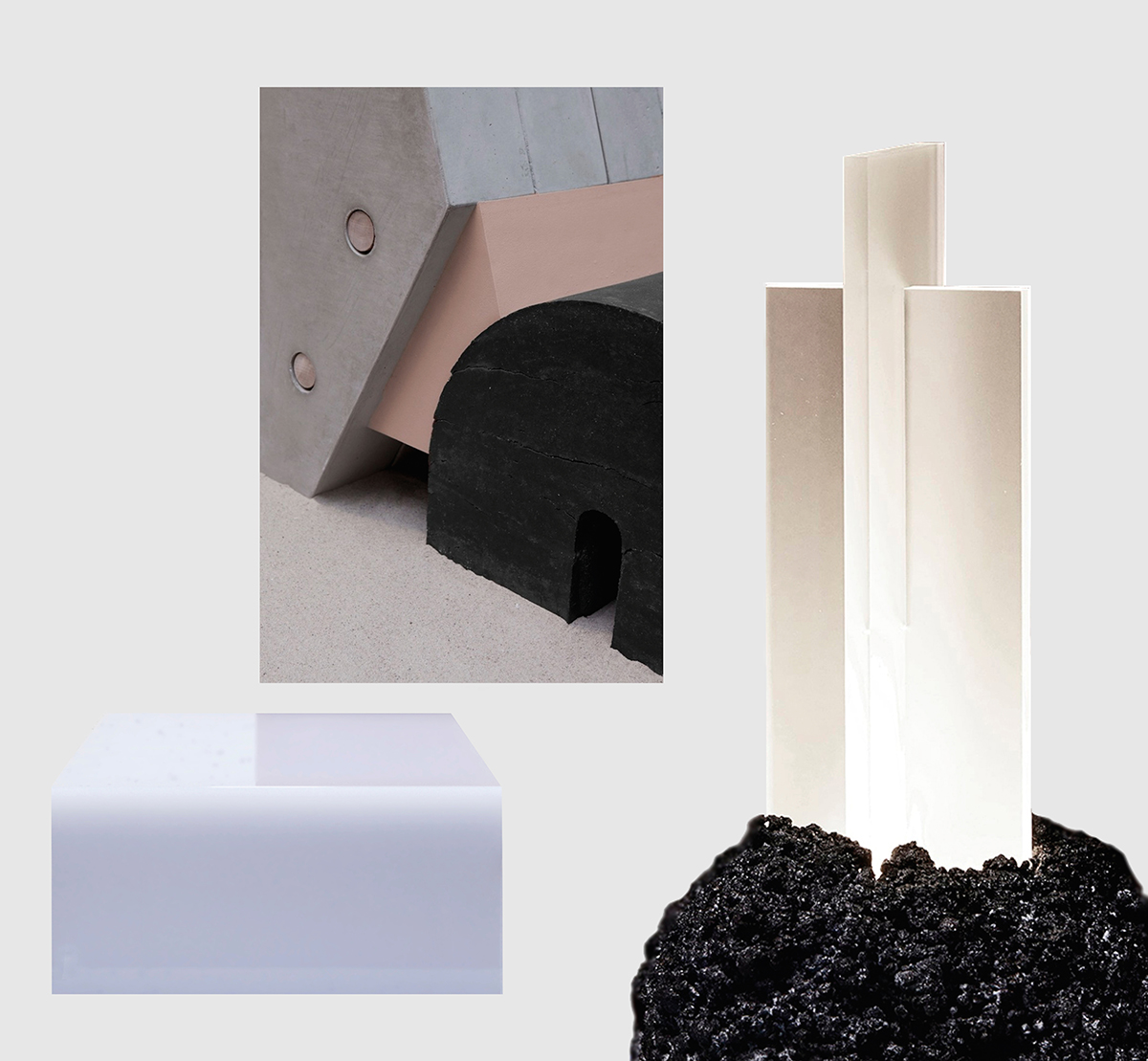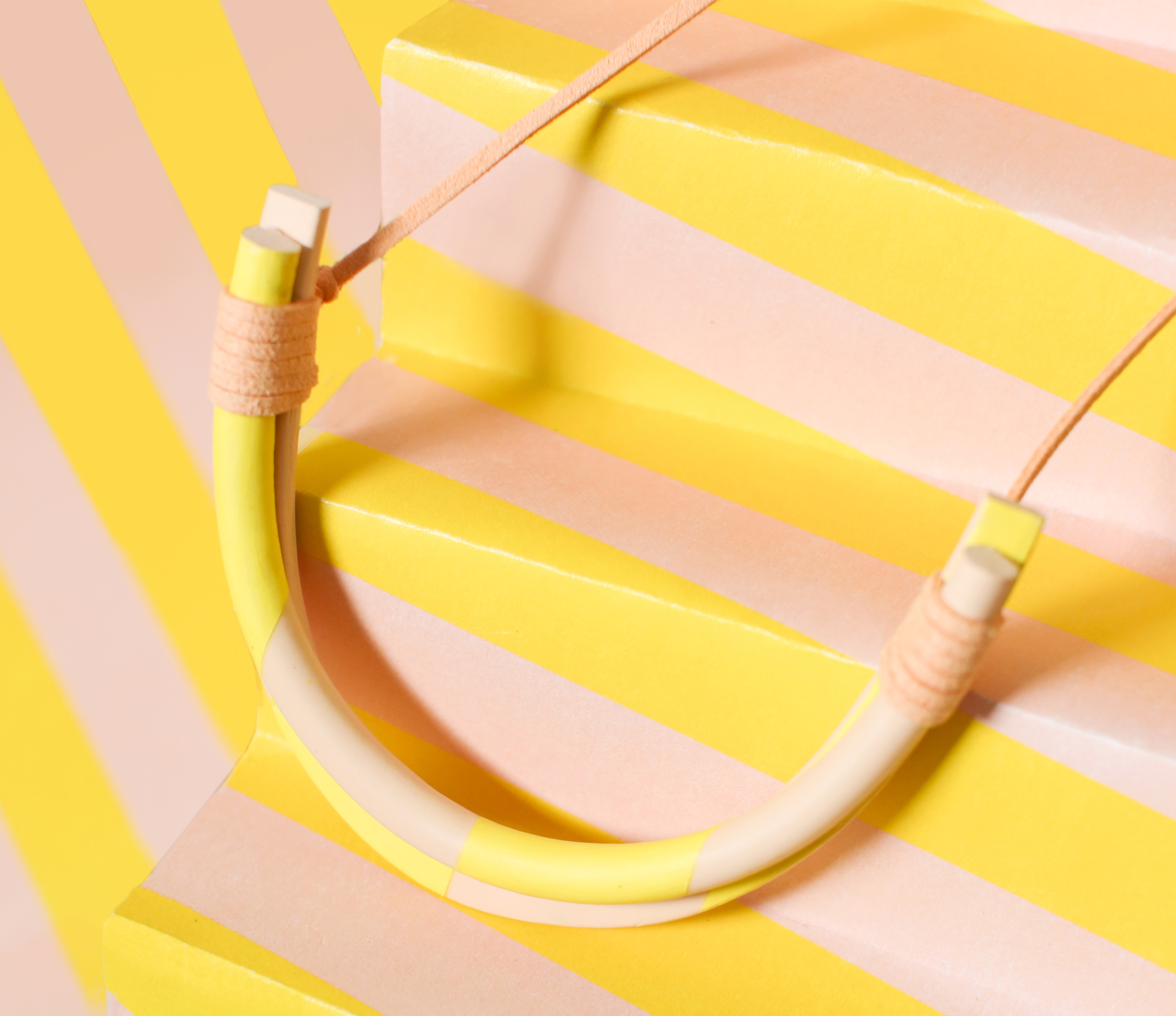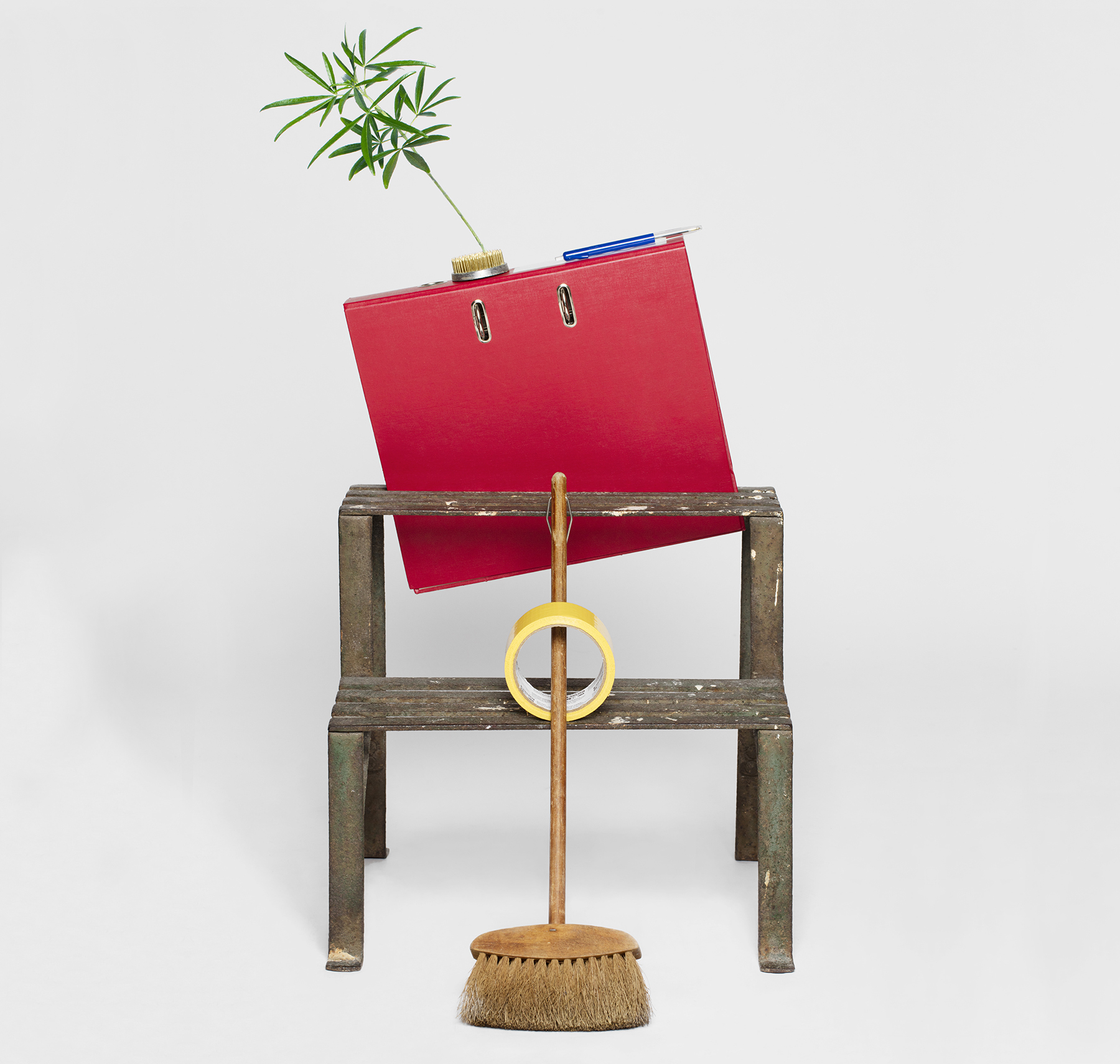
04.27.16
Sighted
The Architectural Ceramics of Andrew Molleur
Ceramicist Andrew Molleur — who's based in upstate New York and will be participating in our shoppable ceramics bar at this year's Sight Unseen OFFSITE — makes slip-cast vessels and tableware that draw on his interests in the formal language of buildings, and in Japanese and Scandinavian design aesthetics.


